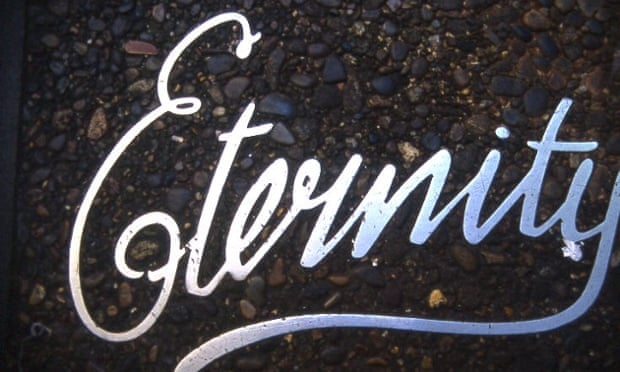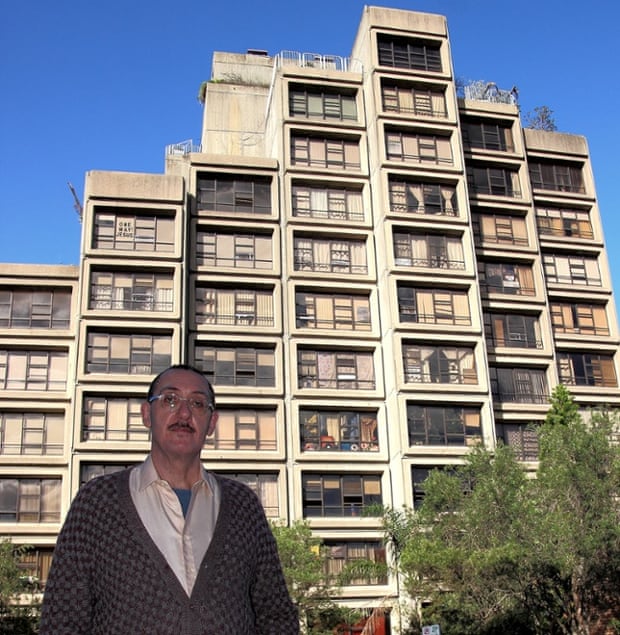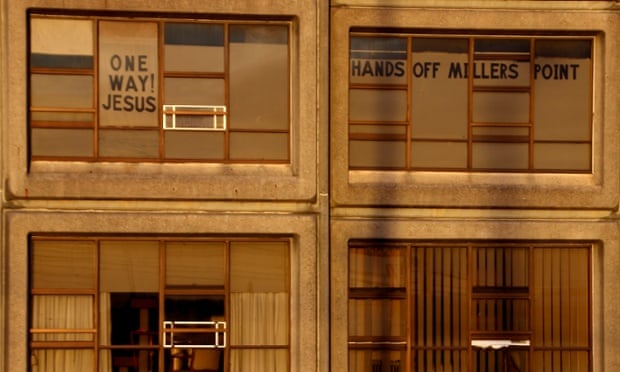Sean Nicholls November 28, 2014
Former prime minister Paul Keating has waded into the debate over the future of the old harbour control tower at Barangaroo, saying it doesn't have heritage value and slamming calls to keep it as "rancid reactionism".
Mr Keating and Premier Mike Baird presided on Friday over the official naming of Barangaroo Point, the new headland park under construction at Barangaroo.
Mr Baird praised Mr Keating's vision for the park and his push for the headland to be returned to its original 1836 form, before it was cut away for wharves and stevedoring operations.
"Who knows what this point would look like if it wasn't for the leadership of the former prime minister," Mr Baird said.
Mr Keating acknowledged the commitment to the park of Mr Baird and his predecessors as premier Barry O'Farrell, Kristina Keneally and Morris Iemma.
"The end result will be that the city gets a new nature park," he said. "We'll now have the Dawes Point peninsula with a botanic garden to the east and a developed garden to the west, bookended either side. This is wonderful for Sydney."
Mr Keating noted there were still residual design issues to be resolved, singling out the maritime control tower, which looms over the site. It was built in 1977 but has not been used since 2011, when stevedoring operations ceased.
The tower was redundant to maritime use and was at odds with the state government's decision to reconstruct the naturalistic headland, he said.
Mr Baird said Mr Keating's view made sense, "but we need to run through the usual processes to consider that".
The National Trust has rejected a proposal by the Barangaroo Delivery Authority to demolish the tower and mark its former presence, while the City of Sydney council wants it retained as an artwork or public lookout.
When asked for his view of Mr Baird's proposed sale of 49 per cent of the electricity "poles and wires" if he wins next year's election, Mr Keating said: "I support the premier's views about this."
Asked what he thought about Labor leader John Robertson's opposition to the plan, Mr Keating said it showed there were still some obscurantists in the Labor Party.
As Unions NSW leader, Mr Robertson helped thwart former premier Morris Iemma's attempt to sell electricity assets.
When Mr Robertson entered Parliament Mr Keating famously wrote to him, saying: "Let me tell you, if the Labor Party's stocks ever get so low as to require your services in its parliamentary leadership, it will itself have no future."
On Friday Mr Keating said now Mr Robertson was leader he couldn't say things quite as frankly as that.
The 5.7-hectare Barangaroo Point is expected to be open to the public by the middle of next year.
RESOURCED: http://www.smh.com.au/nsw/paul-keating-wants-barangaroo-harbour-control-tower-demolished-20141128-11w0du.html
| Residual design issues": The maritime control tower. Photo: David Porter |
Mr Keating and Premier Mike Baird presided on Friday over the official naming of Barangaroo Point, the new headland park under construction at Barangaroo.
Mr Baird praised Mr Keating's vision for the park and his push for the headland to be returned to its original 1836 form, before it was cut away for wharves and stevedoring operations.
| "Redundant": Artist Jane Bennett captures the scene in March. Photo: Steven Siewert |
"Who knows what this point would look like if it wasn't for the leadership of the former prime minister," Mr Baird said.
Mr Keating acknowledged the commitment to the park of Mr Baird and his predecessors as premier Barry O'Farrell, Kristina Keneally and Morris Iemma.
"The end result will be that the city gets a new nature park," he said. "We'll now have the Dawes Point peninsula with a botanic garden to the east and a developed garden to the west, bookended either side. This is wonderful for Sydney."
Mr Keating noted there were still residual design issues to be resolved, singling out the maritime control tower, which looms over the site. It was built in 1977 but has not been used since 2011, when stevedoring operations ceased.
The tower was redundant to maritime use and was at odds with the state government's decision to reconstruct the naturalistic headland, he said.
Mr Baird said Mr Keating's view made sense, "but we need to run through the usual processes to consider that".
The National Trust has rejected a proposal by the Barangaroo Delivery Authority to demolish the tower and mark its former presence, while the City of Sydney council wants it retained as an artwork or public lookout.
When asked for his view of Mr Baird's proposed sale of 49 per cent of the electricity "poles and wires" if he wins next year's election, Mr Keating said: "I support the premier's views about this."
Asked what he thought about Labor leader John Robertson's opposition to the plan, Mr Keating said it showed there were still some obscurantists in the Labor Party.
As Unions NSW leader, Mr Robertson helped thwart former premier Morris Iemma's attempt to sell electricity assets.
When Mr Robertson entered Parliament Mr Keating famously wrote to him, saying: "Let me tell you, if the Labor Party's stocks ever get so low as to require your services in its parliamentary leadership, it will itself have no future."
On Friday Mr Keating said now Mr Robertson was leader he couldn't say things quite as frankly as that.
The 5.7-hectare Barangaroo Point is expected to be open to the public by the middle of next year.
RESOURCED: http://www.smh.com.au/nsw/paul-keating-wants-barangaroo-harbour-control-tower-demolished-20141128-11w0du.html


























